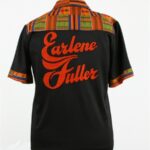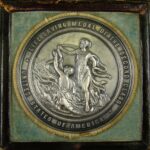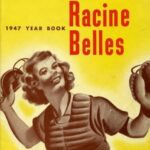Earlene Fuller designed and made bowling outfits for numerous black and white teams in Milwaukee and elsewhere from 1970 through the mid-1990s. An accomplished bowler herself, Earlene competed for the Pitch’s Lounge team that won two Milwaukee city and two state championships in the 1970s. In 1978 Fuller won the Milwaukee all-events title, and the following year she was the National Bowling Association’s scratch singles champion. She played for the Red Carpet All-Star team in the 1980s, bowled a 300 game in 1983, and was elected to the Milwaukee Women’s Bowling Association Hall of Fame in 1992. She even earned her own page in the book ‘They Came to Bowl: How Milwaukee Became America’s Tenpin Capital.’
Like many other African Americans in the mid-20th century, Fuller left the rural South for opportunities in the industrial North. Born in Jackson, Mississippi in 1931, Fuller moved to Milwaukee at age 17. She found work as a presser for Junior House, a well-known Milwaukee women’s apparel manufacturer. Earlene was a quick study and acquired a wide range of textile-working skills, which enabled her to move on to a job sewing upholstery for the American Motors Corporation. Perhaps encouraged by the tenpin-friendly, blue-collar setting of “the Motors,” Earlene discovered a life-long love of bowling in 1960.
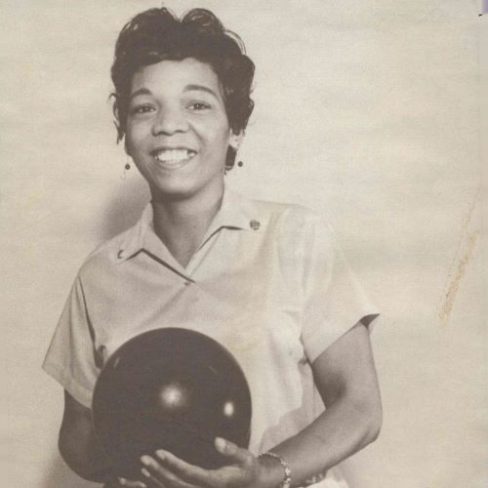
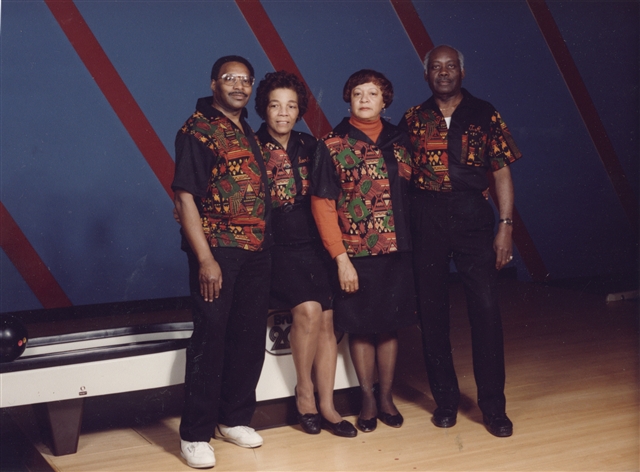
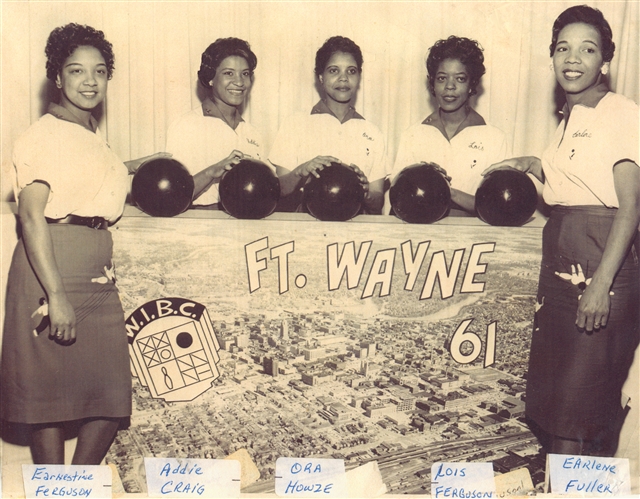
Ten years earlier, Earlene might not have taken up bowling at all. Until 1950, the governing bodies of the sport, the American Bowling Congress (ABC) and its sister organization, the Women’s International Bowling Congress (WIBC), barred non-whites from membership. Because the ABC and WIBC sanctioned almost all leagues and tournament, this exclusionary rule effectively barred black Americans from bowling competitively. Only after a concerted nationwide effort, led by labor unions, veterans’ groups, religious organizations and African American and Asian American bowlers, did the bowling establishment give up Jim Crow. Still, because most bowling was based on neighborhood and occupational relationships, and Milwaukee was (and remains) a racially segregated city, Earlene bowled primarily on all-black teams throughout the 1960s.
Earlene left American Motors in the mid-1960s to work in a bridal shop, and designed and custom-tailored clothes on the side. Her first order for bowling shirts came in 1970, when a member of the B and G Golf Supplies team saw a shirt she had made for her son and ordered five similar ones. Then the Maynard Steel team requested the same design in blue. “All of a sudden, it caught on,” Fuller recalled in a 1972 article in “The Woman Bowler.” “Mark Kuglitsch of Maynard Steel shot a 300 game the first night he wore the shirt. Maybe that’s what got it started.” Whatever the reason, Fuller’s shirts proved so eye-catching on Milwaukee alleys that designing and making bowling outfits soon became her full-time occupation.
Even as her business prospered, Fuller remained engaged with her community and continued to develop her sewing skills. In the 1970s she acted as a mentor to students in Lincoln High School’s on-the-job occupational training program, and she later earned her teaching certification from the Wisconsin Technical College System and taught clothing fabrication at Milwaukee Area Technical College.
Fuller continued to make bowling shirts throughout the 1970s and 1980s, winning out-of-state orders through her own and her outfitted teams’ appearances at national tournaments. She even made uniforms for the Swiss national bowling team in 1973. Perhaps because of the contacts she made through her business, and perhaps because bowling itself was beginning to change, Fuller started to bowl on integrated teams in the mid-1970s. In the 1980s she was one of the few African Americans to participate in Milwaukee’s Coors All-Star league.
Earlene Fuller never let race interfere with her game. “If you go in thinking, ‘I’m black and I gotta do well,’ you have a barrier against you right away,” she told the “Milwaukee Journal” in the 1980s. “But if you go in thinking ‘I’m a bowler and I have to do well,’ then it doesn’t matter who you’re bowling against.” Nevertheless, Fuller embraced her ethnic identity. She maintained membership in two African American bowling organizations — the National Bowling Association and the Milwaukee Bowlers Guild, Inc. — and in the 1990s began incorporating kente cloth and other African-inspired fabric patterns into the shirts she made for her own teams.
Sadly, Earlene died on January 26, 2008, leaving behind a circle of family and friends who remember her warmly as a cheerful woman who successfully combined the two activities she loved the most: sewing and bowling. In November 2008, Earlene’s sister, Pauline McCollum of Milwaukee, generously donated a selection of Earlene’s bowling garments, trophies, and memorabilia to the Wisconsin Historical Society – proof indeed that black Wisconsinites have made the sport of American tenpins their own.
This story was edited and adapted from Dave Driscoll’s original Curators’ Favorites article.
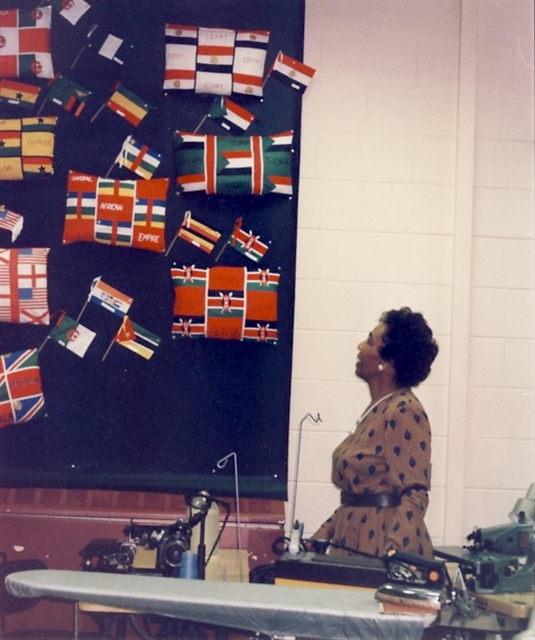
SOURCES
Pauline McCollum and Earlene Fuller’s long-time friend, W.C. Coleman provided essential recollections, photographs, and newspaper clippings for this article.
Dick Vonier, “How Mod Can They Get?,” and “The Woman Bowler” (October 1972), reprinted from Insight Magazine of the Milwaukee Journal.
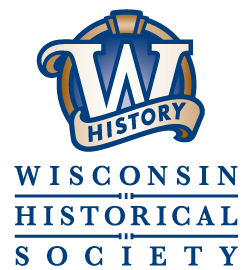
Wisconsin Historical Society
This object is part of the Wisconsin Historical Society collection in Madison, Wisconsin Historical Museum Object #2008.176.5. It has also been featured as part of the Curators’ Favorite Collection. Explore more objects from the collection here!
